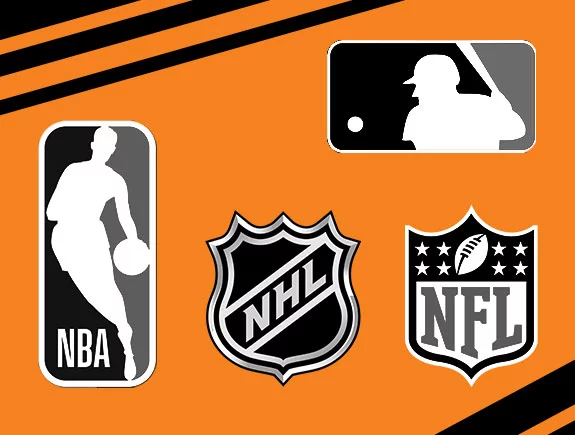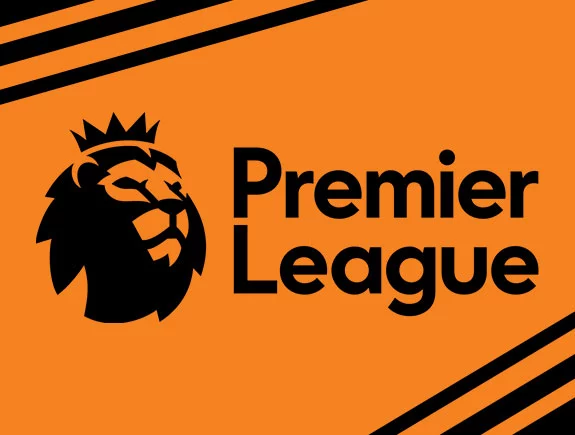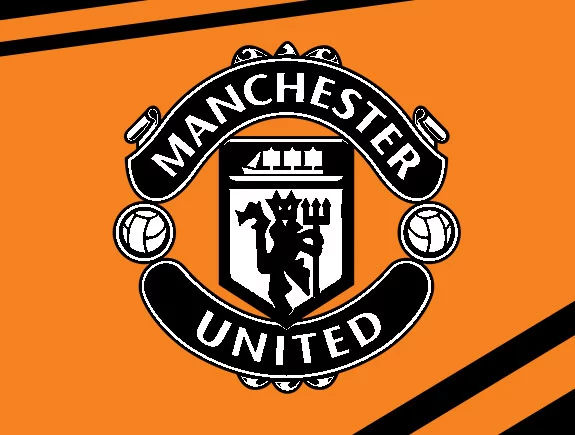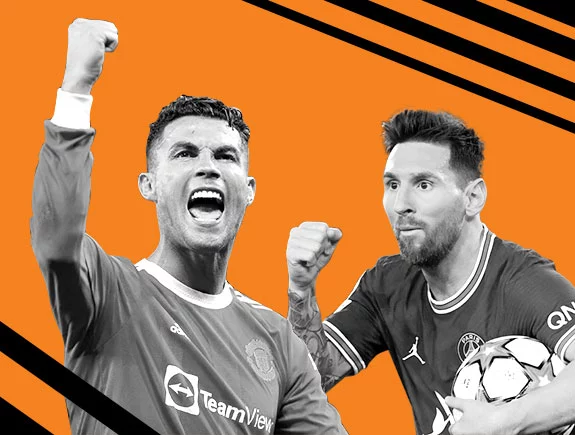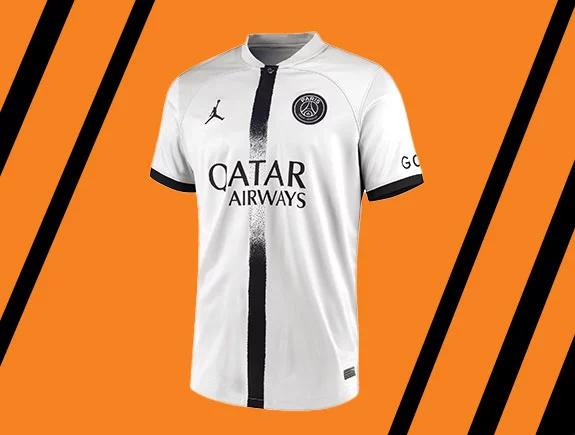Today, the sports industry is worth 620 billion dollars a year and has a constant tendency to grow. One of the main reasons for this is the love and connection that people have towards brands, i.e. sports clubs. Indeed, clubs are more than brands, they are a cult, a movement, and an ideology, but their appearances on the market, at least in the last few decades, starting from the nineties, cover all points of a successful branding strategy.
Clubs have their own colors, logo (emblem), anthem, and slogan… but also their archetypes and history on which they build their story. They have their own products and cooperate with brands from other industries in order to raise awareness and credibility.
TV broadcasts and globalization have led to the fact that, in the most popular sports, only a few dozen clubs are globally relevant, so today it is quite normal for people from, for example, Singapore, to declare themselves as fans of English teams, though they are more than 10,000 kilometers away from them. It is not a coincidence, that in the strategies of the world’s biggest clubs, the conquest of distant markets has been an important point for many years. They achieve this by summer touring and deliberately bringing in players from certain climes.
Although at the top of the list of the most valuable sports brands there are mostly organizations from the American professional leagues, in this text we will deal with more famous sports (read: football) and we will try to prove the importance of branding in sports with examples.
Competition branding.
In the USA, they seem to have understood this a long time ago, so in parallel with the development of sports and clubs, work was also done on branding the competition and building its credibility. The stronger, more uncertain, and more prestigious the competition, means more audience interest, more purchased tickets, more money from TV rights, and more sponsorship contracts. The NBA, NFL, NHL, and other professional leagues set an example, and the Europeans began to copy, above all the English.
At the beginning of the nineties of the last century, the format and name of the strongest football league in England changed. Division 1 becomes the Premier League. This was quickly followed by record deals for TV rights and a surge in popularity, which three decades later leads us to the Premier League becoming the most popular and important competition in the entire world (more popular even than the Champions League). Confirmation for this claim can be found in this year’s transfer of Dutch defender Sven Botman to Newcastle United. He had an offer from Milan, the current champion of Italy and the seven-time champion of Europe, one of the most important clubs for this game, but he chose the north of England, explaining that his boyhood dream was to play in the Premier League.
The English came to this by first of all wanting to create a competitive competition in which everyone can beat everyone, so they divided the spoils from TV rights into almost equal parts, in order to make as many teams as possible solvent and competitive in the market. In return, they received uncertain matches in which it is difficult to predict the outcome. Additionally, they changed their football culture into the marketing narrative. And they successfully used the innovations that were offered to them, so the fantasy of the English Premier League is the only relevant one in the world of football.
Manchester United.
Almost a decade after Sir Alex Ferguson’s retirement, Manchester United are nowhere near as competitive on the football pitch as they once were (although a win against Liverpool the other day has given them new hope), but the lists of the richest and most valuable football clubs still rank very high. It is always in the first three or four positions. This is due to the fact that the red Manchester club has purposefully become one of the biggest brands in the world of football.
They did it primarily thanks to great results at the right time, their golden age coincides with the period of the greatest expansion of English football. As people love to root for winners, Manchester United has gained hundreds of millions of supporters from all over the world who remain loyal to them to this day.
In addition to the field, United also performed brilliantly in the field of marketing… They built a brand story through the generation of ’92. They realized how important it is to have a superstar on the team, so they helped in many ways to make David Beckham one of the most famous faces in the history of football. They further approached the huge market of Asia by bringing in Park Ji-song. They were among the first teams that organized tours in Asia, the USA, Australia… And they are also pioneers in cooperation with brands from other industries.
Superstars on the pitch.
We often hear that football has lost its meaning when we look at it through the amount of money allocated to transfers nowadays. What we often overlook is that clubs do not only pay players for their playing potential, but also for their marketing potential. Messi’s move to PSG earned the French club around five million new Instagram followers in just three days. The second appearance of Ronaldo in the aforementioned Manchester greatly increased the appetites of the fans, and the return of Luis Suarez to his native Uruguay caused mass hysteria and packed stands.
Buying is not the only way for clubs to profit from big superstars. It often happens that they create them themselves. Thus, Messi became one of the greatest football players of all time in Barcelona, while at the same time he included this Spanish club in the company of Real and Manchester United, the company of the richest clubs in the world.
Equipment manufacturers.
Being in charge of the production of jerseys for the biggest sports clubs is prestigious, but also a very lucrative job, especially at a time when the line between sports equipment and everyday clothes is being blurred. As the next step in positioning their brand, many clubs across Europe are trying to find a jersey that will be attractive enough for people to wear in their daily rituals. That’s why we see more and more unusual combinations, more and more pastel colors, the collar seems to be slowly coming back into fashion, and the retro style seems to have never left. It seems that PSG and Jordan are the most successful in this endeavor, so the jersey of the Parisians seems to be becoming a status symbol, we often see it in music videos and on the backs of pop stars who thus become voluntary influencers.


